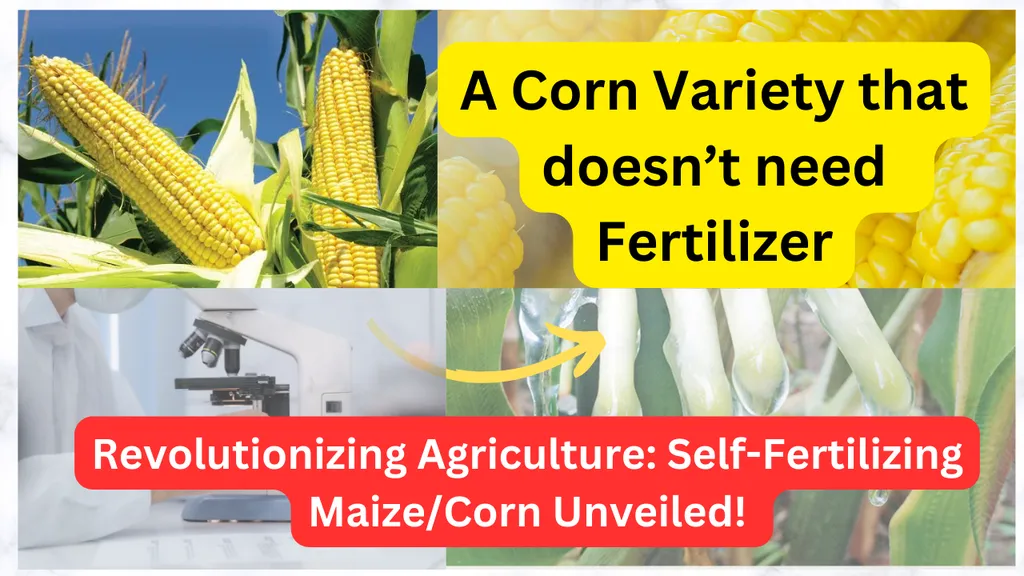In the heart of agricultural innovation, a new systematic review is making waves, promising to reshape how we approach maize research and, by extension, the broader agriculture sector. Published in *Discover Agriculture*, the study, led by Prakash Sandhya of the Department of Mathematics at the Vellore Institute of Technology, delves into the advancements and insights of image analysis techniques for phenotyping in maize research. The findings could have significant commercial impacts, from improving yield predictions to enhancing disease detection.
Maize, often referred to as the “queen of cereals,” is a staple crop with vast economic importance. Its adaptability and high genetic yield potential make it a prime candidate for technological advancements in breeding and development. The review systematically examines the last decade of image analysis techniques, focusing on phenotyping, plant classification, and disease identification. “Image-based phenotyping is not just a luxury; it’s a necessity for modern agriculture,” Sandhya asserts. “It allows us to detect stress earlier, predict yields more accurately, and map traits more efficiently.”
The study highlights how machine learning and deep learning have simplified image processing and feature extraction, making these techniques more accessible and effective. However, it also identifies the main challenges researchers face when adopting these methods, such as scalability, robustness, and interpretability. Sandhya suggests potential solutions to these challenges, emphasizing the need for continued innovation.
One of the most compelling aspects of this research is its potential to translate technological advances into real-world agricultural impact. By integrating advanced imaging, computer vision, and AI, researchers can enable earlier stress detection, improved yield prediction, and more efficient trait mapping. This could lead to more resilient maize varieties, better adapted to changing environmental conditions, and ultimately, higher yields and economic returns for farmers.
The review also sheds light on which maize traits remain underexplored, opening up new avenues for research and development. As Sandhya notes, “There’s still so much we don’t know about maize. Every new insight brings us one step closer to unlocking its full potential.”
The commercial implications of this research are vast. From seed companies developing new maize varieties to agribusinesses optimizing their supply chains, the insights gained from advanced image analysis techniques can drive innovation and efficiency across the sector. As the agriculture industry continues to evolve, the integration of these technologies will be crucial in meeting the growing demand for food and feedstock.
In conclusion, this systematic review serves as a catalyst for future developments in maize research. By addressing the challenges and opportunities in image analysis techniques, it paves the way for more sustainable and productive agriculture. As Sandhya and her colleagues continue to push the boundaries of what’s possible, the future of maize—and the agriculture sector as a whole—looks brighter than ever.

